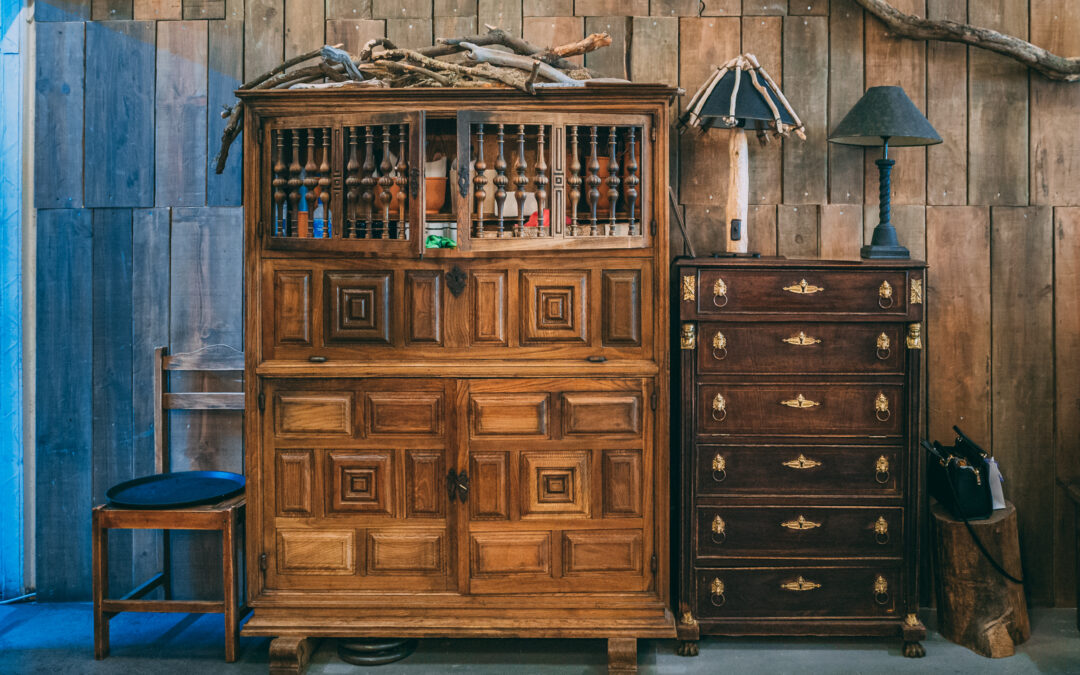In our fast-paced world, where new is often equated with better, it’s crucial to recognize and appreciate the value of old/older things. Whether it’s an ancient artifact, a vintage piece of furniture, or a centuries-old tradition, old things carry a significance that transcends their age. Let’s explore why old/older things do matter and how they enrich our lives.
Preservation of History
Old things are tangible links to our past. They tell us stories about how our past generations and ancestors lived, what they valued, and even how societies evolved. As British historian David Lowenthal once said, “The past is (like) a foreign country; they do things differently there.” By preserving old things, we maintain a connection to these different times and ways of life. Some of which indeed may no longer serve—but some too—may still very much be of value, having withstood the test of time and continuous change!
Historic monuments, traditional crafts, and ancient customs are vital parts of our cultural identity. They foster a sense of belonging and continuity, reminding us of where we come from. These elements of our cultural heritage help us understand our place in the world and give us a sense of pride in our collective accomplishments through our lineage.
Quality and Craftsmanship
Many old items were built to last. The materials and craftsmanship often surpass today’s standards. Consider the robust construction of vintage furniture, the precision engineering of classic cars, or the enduring architecture of historic buildings. These items were made with care and attention to detail, reflecting a level of artistry that is rare in modern mass production.
Organizations that recognize this and endeavor to preserve and evolve from these older more value-added ways and means – can offer something uniquely intrinsic to the continuity of what matters and serve our collective more.
As American writer John Ruskin aptly put it, “When we build, let us think that we build forever.” This sentiment captures the enduring quality and beauty of old things, which were often made to stand the test of time.
Sustainability
In an age of environmental consciousness, reusing and repurposing old things is a sustainable practice. It reduces waste and lessens the demand for new resources, which is crucial in our fight against climate change. By choosing vintage or second-hand items, we contribute to a more sustainable and responsible way of living.
Economic benefits also come into play. Antique markets and vintage shops contribute to local economies. Restoring, fixing, and maintaining old items can create jobs and support skilled trades. This not only preserves the items themselves but also the knowledge and techniques required to care for them.
Personal Connection
Old things often hold sentimental value, carrying memories and personal history. Heirlooms, family photos, and childhood toys are cherished not for their monetary worth but for the stories they carry. They are reminders of loved ones and significant moments in our lives.
Moreover, old items often have unique characteristics that set them apart. Owning something with a history or even a great back story makes it special and irreplaceable. As American author and historian Wallace Stegner once said, “One means of sanity is to retain a hold on the past and all the deep and rich satisfactions that it can yield.”
Modern Innovations and Wood Steel Hybrid Designs
While cherishing the old, we also see a fascinating evolution in modern building practices that integrate the best of both worlds. Wood Steel Hybrid designs, like those from Miracle Truss, exemplify this blend of tradition and innovation. These designs maintain the robustness and sustainability of traditional materials while incorporating cutting-edge engineering and technology.
Miracle Truss buildings, for example, leverage the strength of steel with the aesthetic and environmental benefits of wood. This hybrid approach not only ensures durability and longevity but also respects the craftsmanship and natural beauty of traditional building materials. The synergy between wood and steel allows for flexible design solutions that meet modern needs without sacrificing the quality and timeless appeal of older building methods.
Conclusion
Old things matter because they connect us to our history, showcase superior craftsmanship, promote sustainability, and hold deep personal significance. By valuing the old alongside the new, we enrich our lives and preserve our heritage for future generations.
Let’s take a moment to appreciate the old things around us and the stories they tell. As we embrace the new, let us not forget the beauty and significance of the old. They are the foundations upon which our present and future are built.
Thank you for reading. Feel free to share your thoughts or stories about old things that matter to you!



